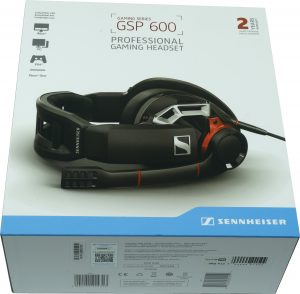 So there are still the really bright moments when testing gaming headsets, where sound and attention to detail mean even more than RGB lighting and the battle for the most affable design, including virtual surround tape. Honest, precise and, unfortunately, also a little more expensive than the average. This is exactly where Sennheiser wanted to start with the GSP 600 and, unfortunately, I have to spoil a bit at the beginning, got it quite well. If the mic were even better, I wouldn't have had anything to complain about this time.
So there are still the really bright moments when testing gaming headsets, where sound and attention to detail mean even more than RGB lighting and the battle for the most affable design, including virtual surround tape. Honest, precise and, unfortunately, also a little more expensive than the average. This is exactly where Sennheiser wanted to start with the GSP 600 and, unfortunately, I have to spoil a bit at the beginning, got it quite well. If the mic were even better, I wouldn't have had anything to complain about this time.
But this is exactly where my update today starts, because after careful consideration that it really can't be what I measured and heard from my first copy, I was able to get and retest a second retail headset privately. The sound of the headphone part has not changed, it was identical and good, even in the measurements. Only the microphone was much better this time, although still not perfect. But the difference is big enough to be fair to write an update. I will refer verbally to the respective changes in the text in the course of the text.
But always nice in turn, because if you want to give the virtual noble-snetzler with the Sennheiser GSP 600, you have to bleed properly first in real life. No Medi-Packs help against the almost 230 Euro street price and the real money is gone. Today I want to clarify whether the issue is also worthwhile and whether the monetary blood loss can be converted into acoustic coins. And because it is also about appearances, the feel-good moments and the sleazy innards, I now leave out the price until the conclusion.
Delivery
Inside the box you will find the headset, two connecting cables and a quick guide. The cable for the PC is 2.5 m long and ends up with two 3.5 mm plugs for microphone and headphones as a Y piece. The cable with the 3.5 mm TRRS jack plug is 1.5 m long and fits smartphones and consoles. Ranges
Optics and haptics
Apparently, gaming headsets need to look different from regular stereo headphones, but Sennheiser has gotten the curve quite well. Matt black plastic meets applications in red and grey metallic, as well as metal hinges and various materials for the covering of the soft upholstery. Visually, all this does not look particularly filigree, but rather compact and crowded. But you can also like that, because it conveys a certain touch of consistency.
Plastic inserting does not have to be a disgrace if you implement it well enough and supplement the neuralgic points with cleanly implemented metal parts. I will come to this in detail, but such things naturally also increase the weight. With a net 395 grams, the headset isn't lightweight, but it weighs as much as it looks and touches, far from shaky or even fragile. The fact that Sennheiser gives an international guarantee for two years is more in favour of this, because consumer protection is not as well regulated everywhere as in Germany.
Wearing comfort and functionality
Let's move on to the two-axis joint mechanism, because Sennheiser relies on real joints both vertically and horizontally. The horizontally arranged joint on the earcup inside has been provided with a return spring, which helps to hold the position at the head. This is quite rare and it certainly shows the engineers thinking. In the tear down below I also have a picture of the inside, where you can see the spring.
The multi-shell cladding of the headband hides the quite wide disjointed ironing parts and the whole has a quite pronounced mechanism even for snapping, but you have to count, if you want to change the same setting later on. because there are unfortunately no visible marks for the position. That would have been the small and free step to complete perfection, but maybe someone is reading along.
In addition to the generously sized length adjustment, which also suits European heads (hat size 62 is no problem at all), the headband can also be adjusted with regard to the contact pressure to be applied. You can confidently choose the interpretation of headbanging or permanent sitting, it fits both. So you can sit it tightly or lay it out very comfortably, but there is an extra point, because even glasses wearers are not left standing in the rain.
The textile-covered upholstery of the inside of the temple is fine. Although divided in the middle and open, the remaining remains can still cushion the pressure from the top well enough, despite the quite high weight. In addition, the mechanics for adjusting the contact pressure have a nice side effect, because it makes the handle to the convertible and the fresh air has free access to the scalp. This will be appreciated after a longer period of wearing.
The ear pads are an interesting three-piece, which can also be easily removed by means of a simple holding mechanism with snapping noses. Three-parter because the choice of material was cleverly made. Held on the outside in the usual faux leather look, the support surface on the head is some Alcantara interpretation, while the inside strapped is textile. In addition to the neat foam inserts, the seams and various stiffnesses of the materials alone provide good contouring.
The textile inside of the upholstery also has a slightly dampening effect, which meets the sound. But I will come back to that in a while. The fact is that the parts finish so well that everything else from the outside hardly penetrates the ear. You can like it or hate it, but as a really closed system you will have to get used to it. When talking, this is a weird feeling and you should at least test if you don't include your own microphone in the sound control of Windows in the playback. Otherwise, you almost feel like you're in an audio chamber.
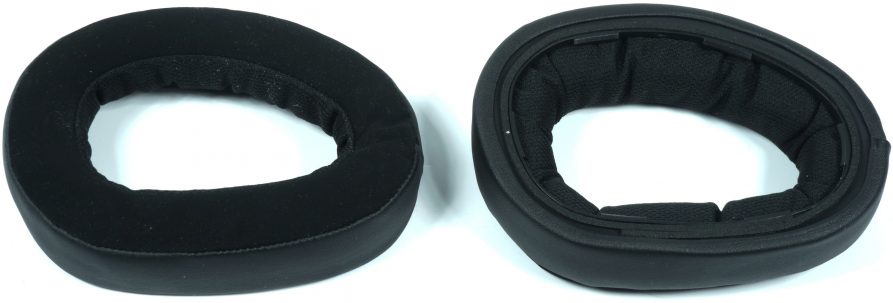
The volume control sits in the right shell and is arranged in the middle as a very large-area knob. This is intuitively accessible and quite convenient, but the synchronisation at the beginning of the potentiometer is not ideal. But you're unlikely to use this controller anyway. The connector on the left side relies on a proprietary connector to which a 2.5 m long cable for the PC is connected or the 1.5 m long cable for console or smartphone. The microphone arm sits there.
Microphone
The rotatable microphone arm on the left relies on the same design game as the controller on the right and also has an auto shut-off (mute) inside, if you fold it up. It is even adjustable to a certain frame, because conditionally flexible, so that one can change the direct distance to the mouth still something. But it didn't help much. But more on the next page. Even the one with the ambient noises is such a thing in itself, because also the side facing the head is open. But I still have the sound samples on the next page.
Tear-Down and Sounding
The moment of truth only becomes apparent after the screw-up, that has always been the case. From the outside, we see the textile-covered use of the driver, which is slightly oblique, so that the sound waves hit the ear canal a little more purposefully. At the top and bottom there are still nonwoven-glued openings that serve the sound design.
The 50 mm neodymium driver sits again in a closed capsule (bottom left) that has been firmly glued in. This chamber also has the pressure equalization to the rear and a further opening glued with fleece. Thus, the entire inner volume does not serve as a sound body, but only to a discreet extent. By the way, we see the above-mentioned spring of the joint on the right side of the shell, as well as the mute switch on the swivel joint of the microphone arm.
The wiring is cleanly loosened and the solderquality on the two boards is good. The cable lengths and arrangement are useful and there should be nothing to vibrate. The use of hot glue is also rather restrained, the screwing exemplary.
But before we get to the actual test in practice, quickly all data and manufacturer information in tabular form:
| Headphones | |
| Frequency range: | 10 – 30000 Hz (manufacturer specification without indication of the tolerance range) |
| Impedance: | 28 x |
| Sensitivity at 1 kHz: | 112 dB SPL at 1 KHz and 1 Volt RMS |
| Loudspeaker diameter: | 50 mm neodymium |
| Microphone | |
| Measured frequency range: | 100 – 18000 Hz (manufacturer specification without indication of the tolerance range) |
| Sensitivity at 1 kHz: | -47 dB/PA |
| Signal-to-noise ratio: | No information |
| Impedance: | No information |
| Other: | Mute function, Noise Cancelling |
| Connections | |
| Cable | 1x 3.5mm jack plug (TRRS) 150 cm 2x 3.5mm jack plug (headphone, microphone), 250 cm Volume control and mute function in the headset Textile-coated cables |
Sennheiser GSP 600 (507263)



















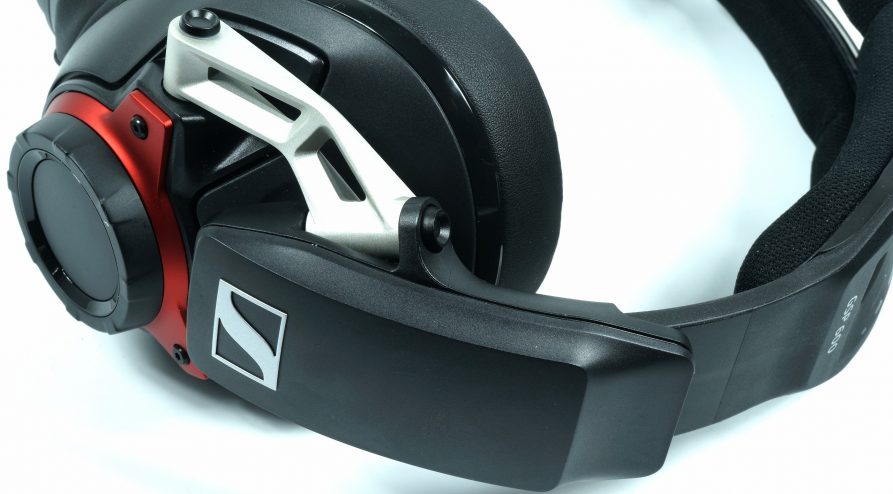
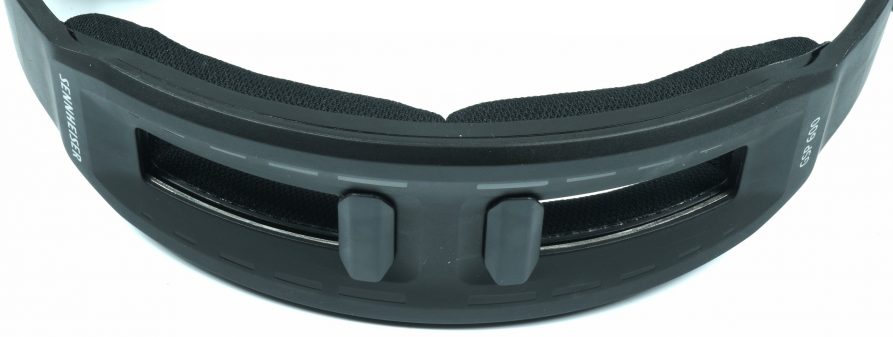

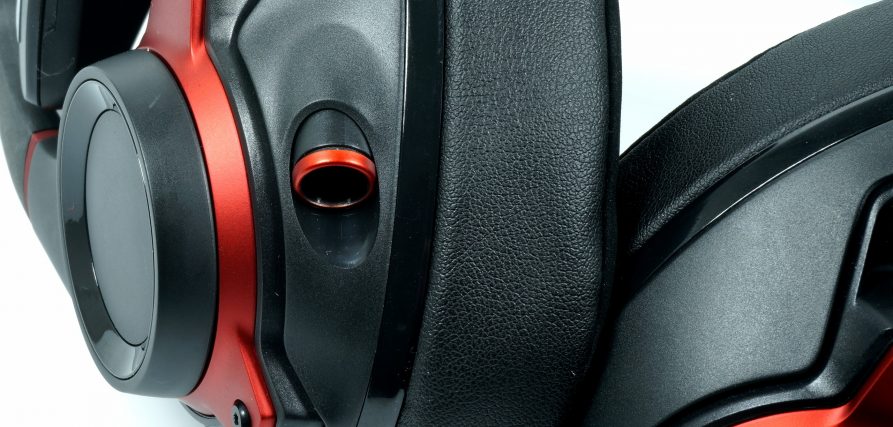

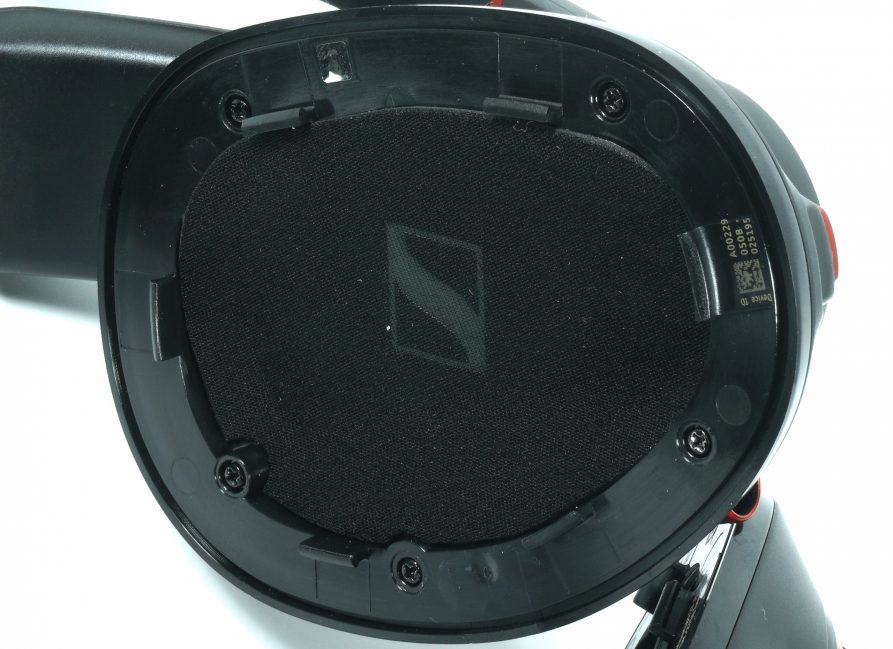
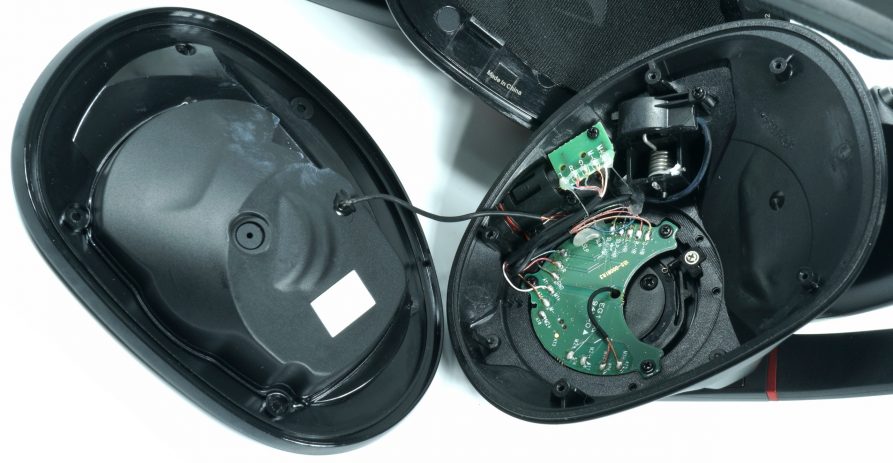


















Kommentieren